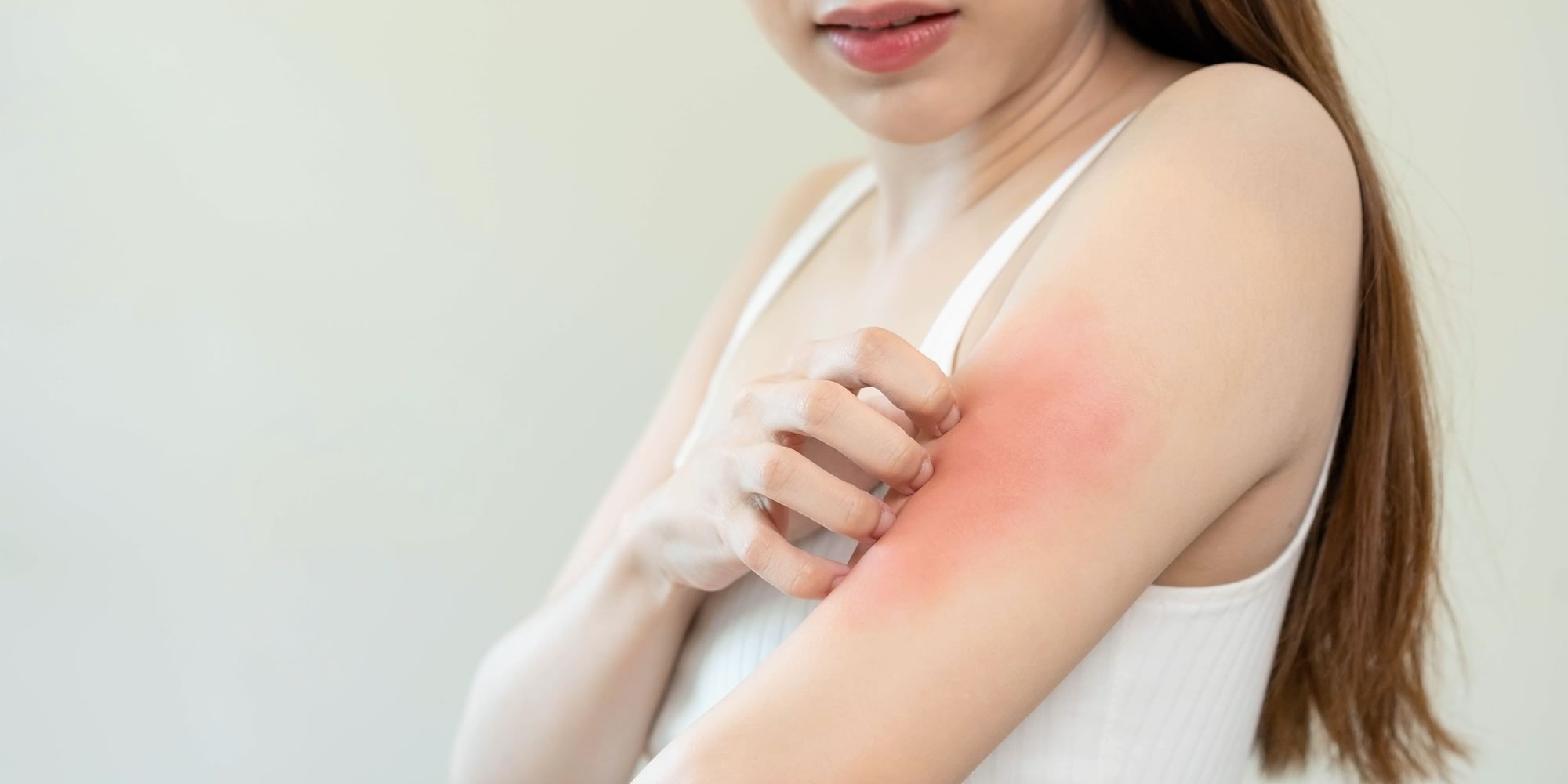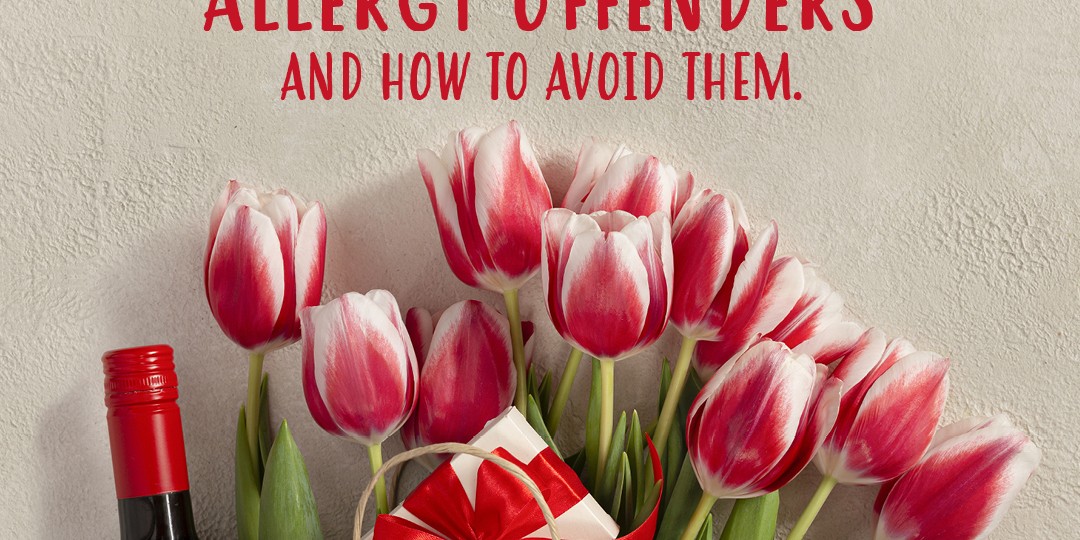Easter and Passover Allergy Concerns
April 11, 2022
The Easter and Passover holidays are here! Holidays mean family centered fun, festive meals, and usually sweet treats to enjoy. For allergy suffers, however, holidays like Easter and Passover can be challenging to navigate with traditional holiday foods containing hidden allergies, and the high…
St. Patrick’s Day, Green Beer, and Wheat Allergy
March 14, 2022
St. Patrick's Day is fast approaching! Are you wondering if your wheat allergy will get in the way? History of the Holiday In Ireland, the holiday was created as a way to honor the country's patron saint and a time to cut loose during the Catholic Lent season. Today, the holiday is honored in…
Eczema and Atopic Dermatitis
November 29, 2021
We have made it to the highly anticipated holiday season! We ate more than our share of turkey, taken down the last of the fall décor, have started trimming the tree, and are double down on the holiday gift lists. With winter weather upon us or in the near future, and personal care products a…
Easter with Allergies
March 29, 2021
The Easter and Passover holidays are here! Holidays mean family centered fun, festive meals, and usually sweet treats to enjoy. For allergy suffers, however, they can sometimes be challenging to navigate. Aside from the usual pollen and food allergies, brightly dyed eggs, household pets, and sweet…
Valentine’s Day Allergy Offenders
February 8, 2021
Valentine's Day can be intimidating for allergy suffers. Far too frequently sweethearts visit the emergency room instead of their favorite restaurant or fill the day with sneezes instead of smooches. Avoiding the most common Valentine’s Day allergy offenders is possible, and here are some tips to…





